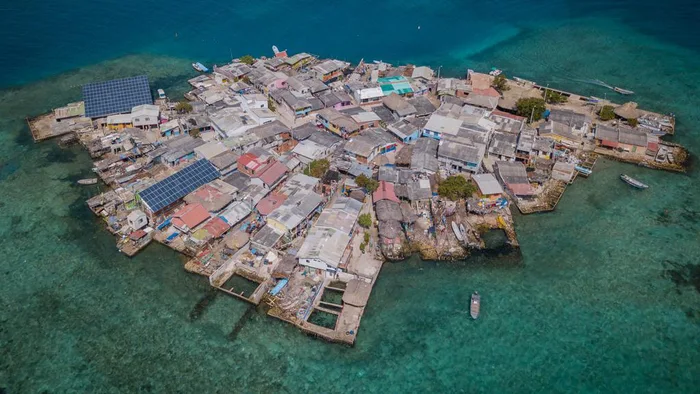
Santa Cruz del Islote – The World’s Most Densely Populated Island
Santa Cruz del Islote, an islet in Colombia’s San Bernardo Archipelago, only covers the area of two football fields, but it has a population of over 1,200 people.

Santa Cruz del Islote, an islet in Colombia’s San Bernardo Archipelago, only covers the area of two football fields, but it has a population of over 1,200 people.
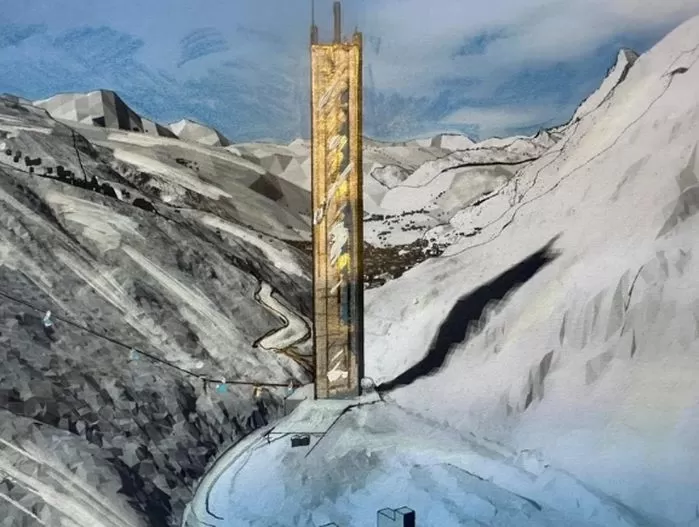
A Swiss hotelier and architect recently revealed plans to build a 65-floor skyscraper overlooking the Matterhorn in the Swiss Alps, as a way to offer affordable housing.
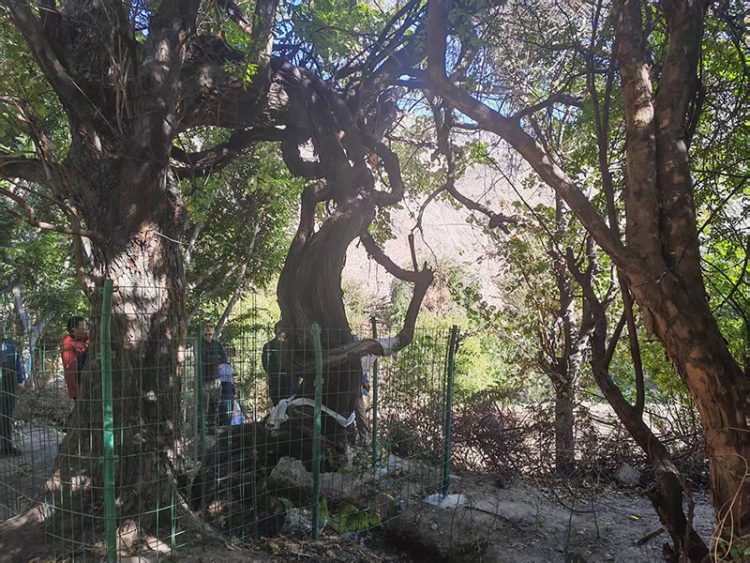
A 416-year-old wild grapevine in the mountains of eastern Tibet was recently acknowledged by Guinness World Records as the world’s oldest living vine.
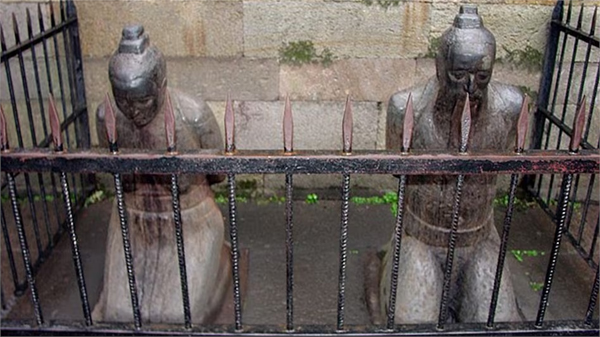
For over five centuries, the statues of Qin Hui, a former chancellor of the Song Dynasty, and his wife have been slapped, kicked, and spit
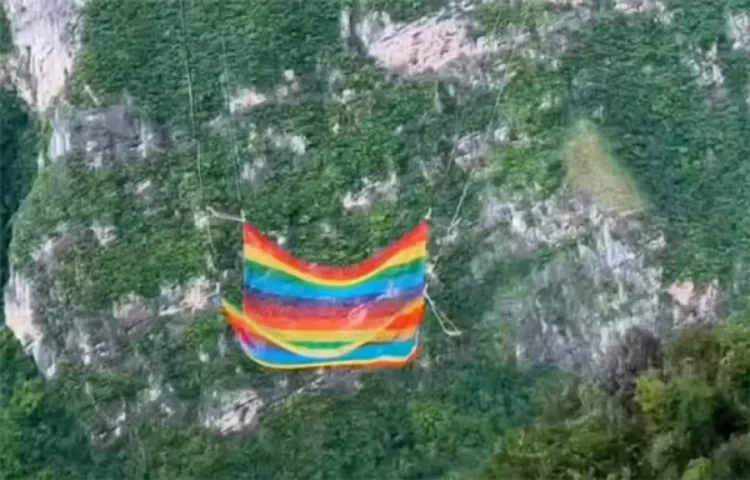
A ropeless bungee jumping attraction from the world’s highest road bridge has been suspended before its inauguration after videos of safety tests sparked fear on
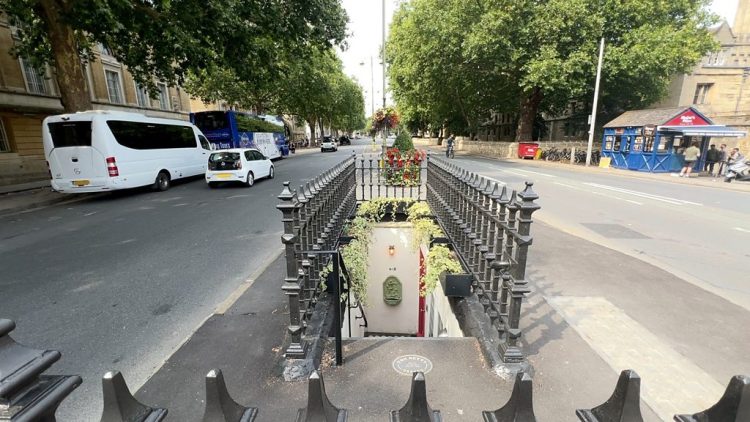
The Netty, a cozy boutique hotel located down a flight of stairs, in the middle of St. Giles Road, in Oxford, used to be a public
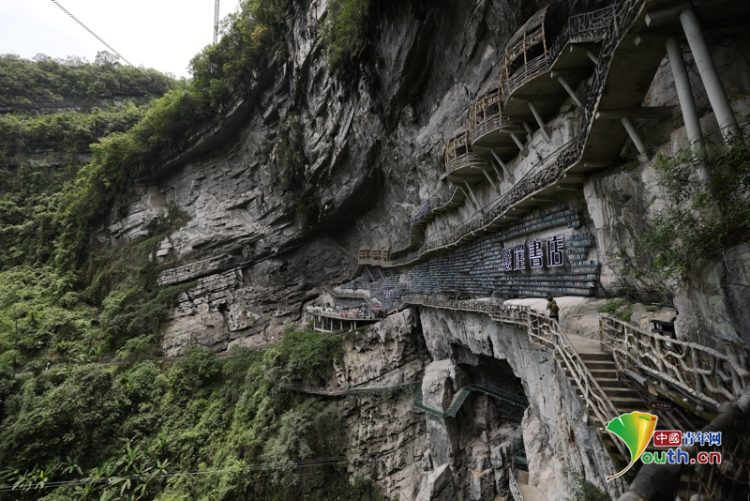
The Mianhua Library, located near the village of Mianhua, in China’s Guanxi Province, is a unique library housed in a large grotto, on the side
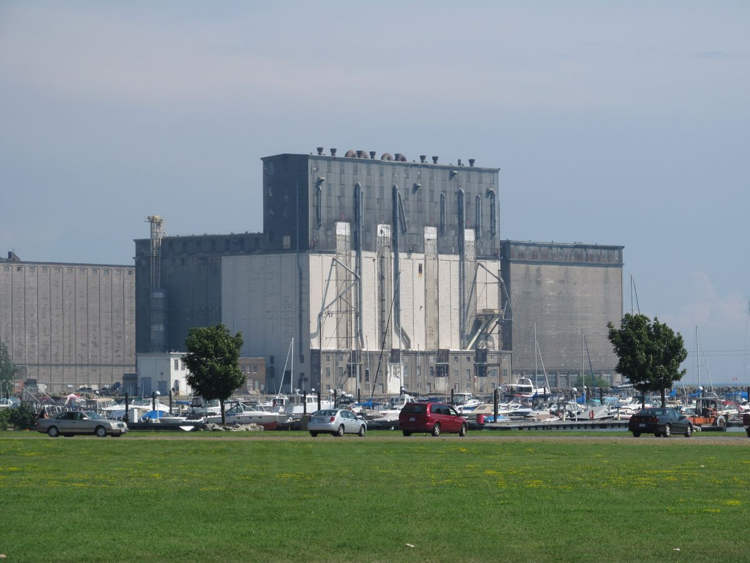
The Shrinking Mill of Port Colborne, in Ontario, Canada, is an intriguing optical illusion that makes a giant grain elevator shrink the closer you get

Inspired by iconic stock markets like Wall Street, Qingdao Beer Exchange is a unique bar concept where beer prices fluctuate in real time according to
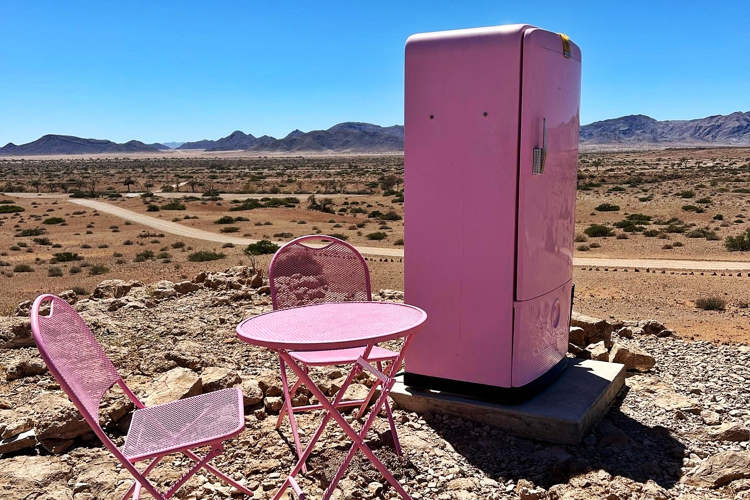
The Namib Desert in Namibia is said to be the oldest and driest desert on Earth, so the last thing you would expect to find
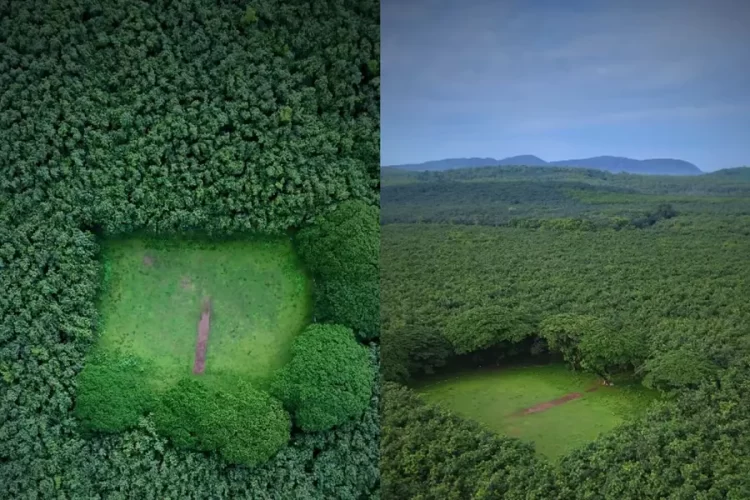
The Harrisons Malayalam Plantation in Varandarappilly, Kerala, is home to India’s most beautiful cricket ground, a hidden oasis in a sea of green canopy. A

Kansai International Airport welcomes tens of millions of passengers every year, but it has developed a system that ensures none of their baggage ever goes

A mountain resort in Jianxi, China, has invested millions of dollars into a massive network of giant escalators to allow people to reach its mountain
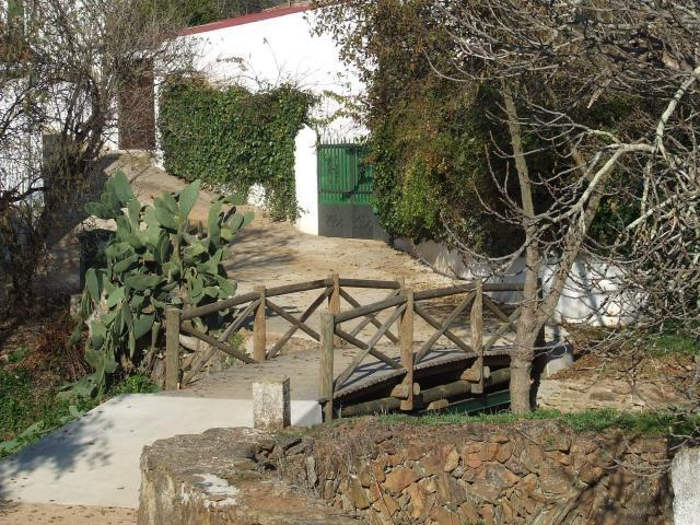
El Marco, a small rustic bridge connecting the Spanish village of El Marco to the Portuguese village of Varzea Grande, is the world’s smallest international
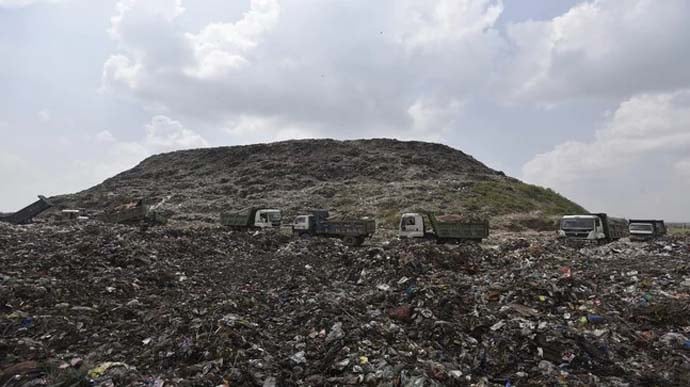
Known as the Garbage Mountain of Delhi, Ghazipur Landfill covers an area of about 70 acres (over 50 football) and is almost as tall as